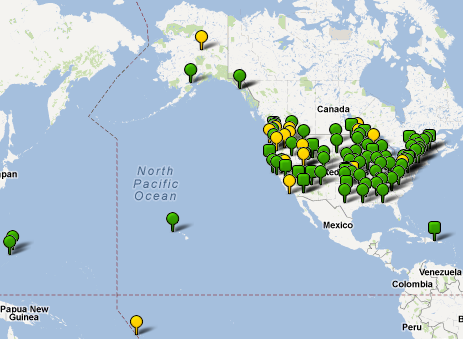Data Exchange Description
The Great Lakes National Program Office (GLNPO) collects environmental data on a wide variety of constituents in water, biota, sediment, and air. Long after the studies are completed, the data remain and must be managed. Central to the data management effort is a computerized relational database system to house Lake Michigan Mass Balance and other project results. That system, the Great Lakes Environmental Database (GLENDA), was developed to provide data entry, storage, access and analysis capabilities to meet the needs of mass balance modelers and other potential users of Great Lakes data.
Development of GLENDA began in 1993 with a logical model based on the modernized STORET concept and requirements analysis. This was followed in 1994-1995 with the development of field and laboratory reporting requirements, preliminary reference tables, and the initial creation of the physical tables. Recent years have seen the completion of the physical database and most reference tables, the creation of software tools to access the database, and the creation and use of upload routines to load Lake Michigan mass balance data.
GLENDA was designed to include data from four subject areas: project/organization, station/location, field monitoring activities, and results. The data flow provides data services that can be used by Partners to retrieve substance information from the GLNPO system based upon a variety of identifiers and substance characteristics. The data services also provide the ability for authorized users to maintain pre-defined lists of substances within the GLENDA system. Implementation of these data services under a trading partner agreement makes it possible to use machine-to-machine interfaces to ensure substance information maintained in external systems is up-to-date with the latest EPA central registry of substances.
Version Notes
Status: Supported
The GLENDA schema and supporting documentation have been approved for use on the Exchange Network. Implementation resources for most recent version follow.

